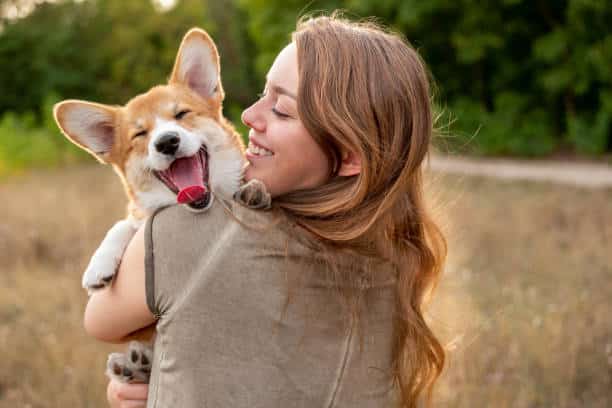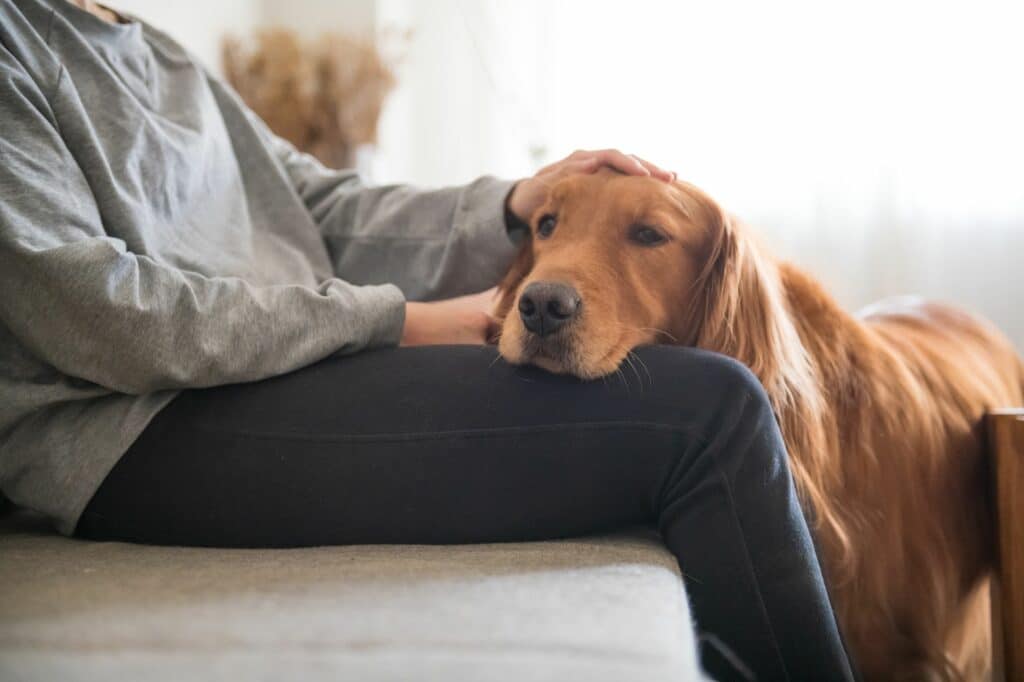
The faces of our furry four-legged best friends have been evolving for years, which is why they look so different from the wild wolves they descended from. But what we don’t often stop to think about is that those sweet little faces have actually evolved to appear more appealing to humans. Let’s get into the science of it all.
A new study has found that the facial muscles of dogs have a much higher proportion of fast-twitch compared to wolves, which conveys their feelings to their owners. So, yes, you can probably tell how your dog is feeling by just exchanging one look. The same researchers found that over time dogs have developed a muscle above their eyes that make their eyes appear bigger creating those “puppy dog eyes” we know, love, and fall for each and every time. The study also found that wolves don’t have this muscle meaning this is something that dogs have specifically developed to manipulate humans. And guess what? It’s working.
These muscle changes have evolved anatomically to improve their connections with people, so while dogs are descendants of wolves, their faces now move entirely differently. In fact, dogs’ faces are 66% – 95% fast-twitch fibers, while wolves average around 25%.

“The research by Burroughs and Omstead suggests that the high proportion of fast-twitch fibers in the faces of dogs is now closer to that of humans than that of wolves. Burrows said this could be a consequence of the process of domesticating dogs by selecting puppies that seemed most responsive to humans, resulting in dog faces becoming “faster” over time. It’s also been proposed that dogs exhibit a form of “neoteny” — that is, they retain several features of juvenile wolves in adulthood, such as their less-aggressive characters, while wolves grow out of them, possibly because such traits were favored by humans during the dog domestication process. Biological anthropologist Evan MacLean, the director of the University of Arizona’s Canine Cognition Center, said future research could study whether the proportion of fast- and slow-twitch facial muscle fibers varies with age in wolves, which might suggest that this, too, could be a result of neoteny.”
This isn’t the only way dogs communicate with us in the cutest ways. Dogs will also use their perfect little tails to communicate, they will work the perkiness of their ears, and they will show their teeth in one of two ways, either by smiling or baring them, and you can guess which one is adorable and which one means give them some space.